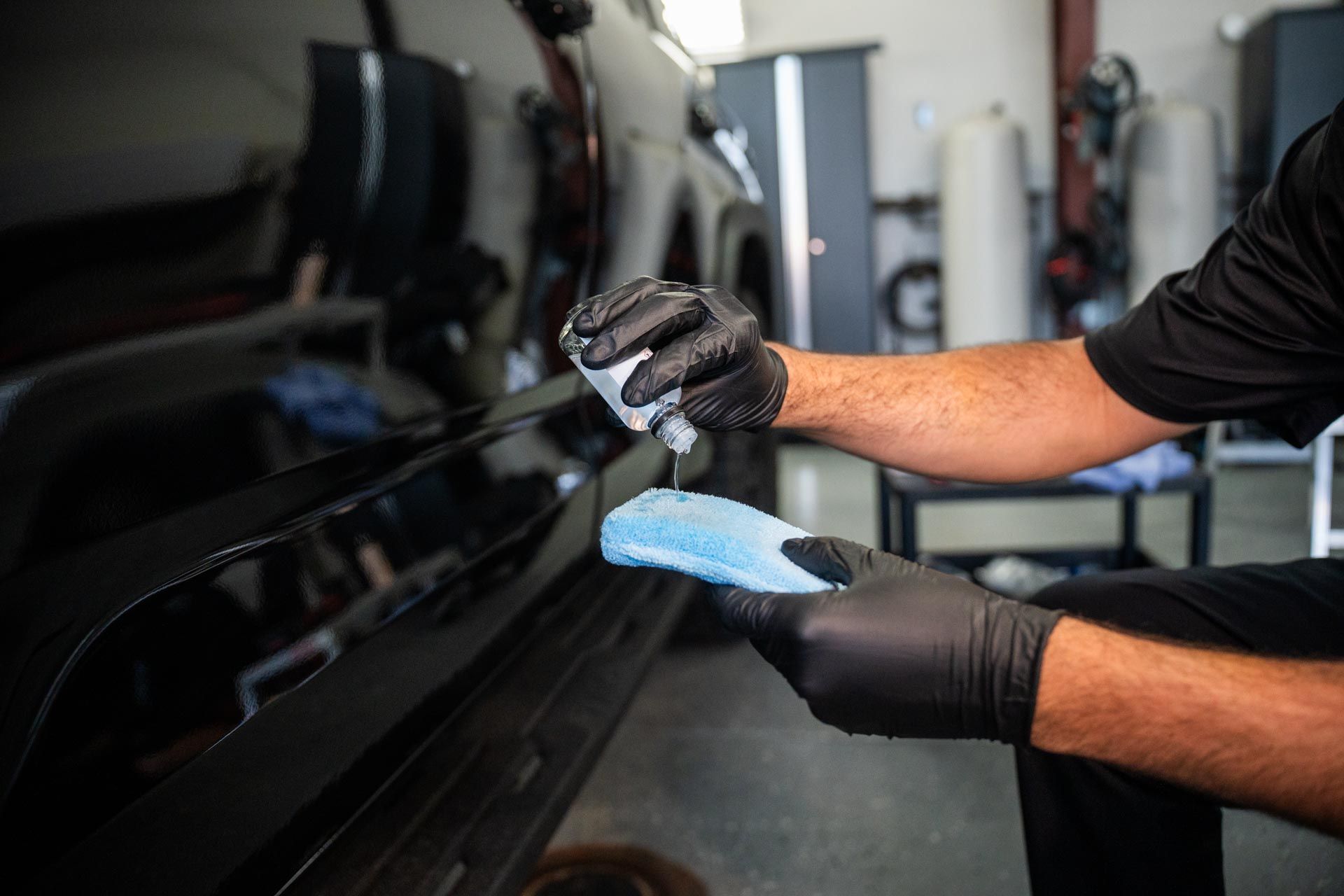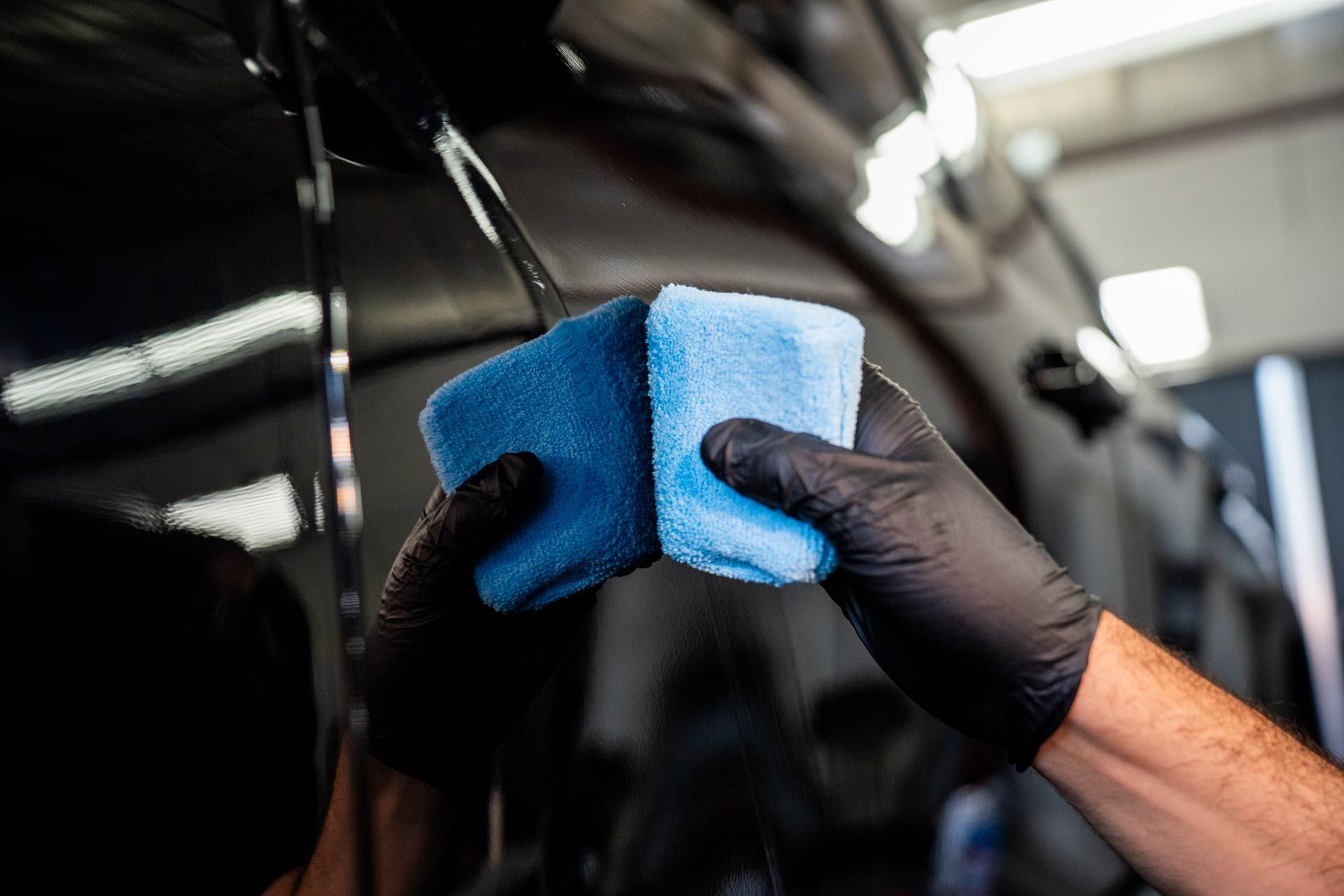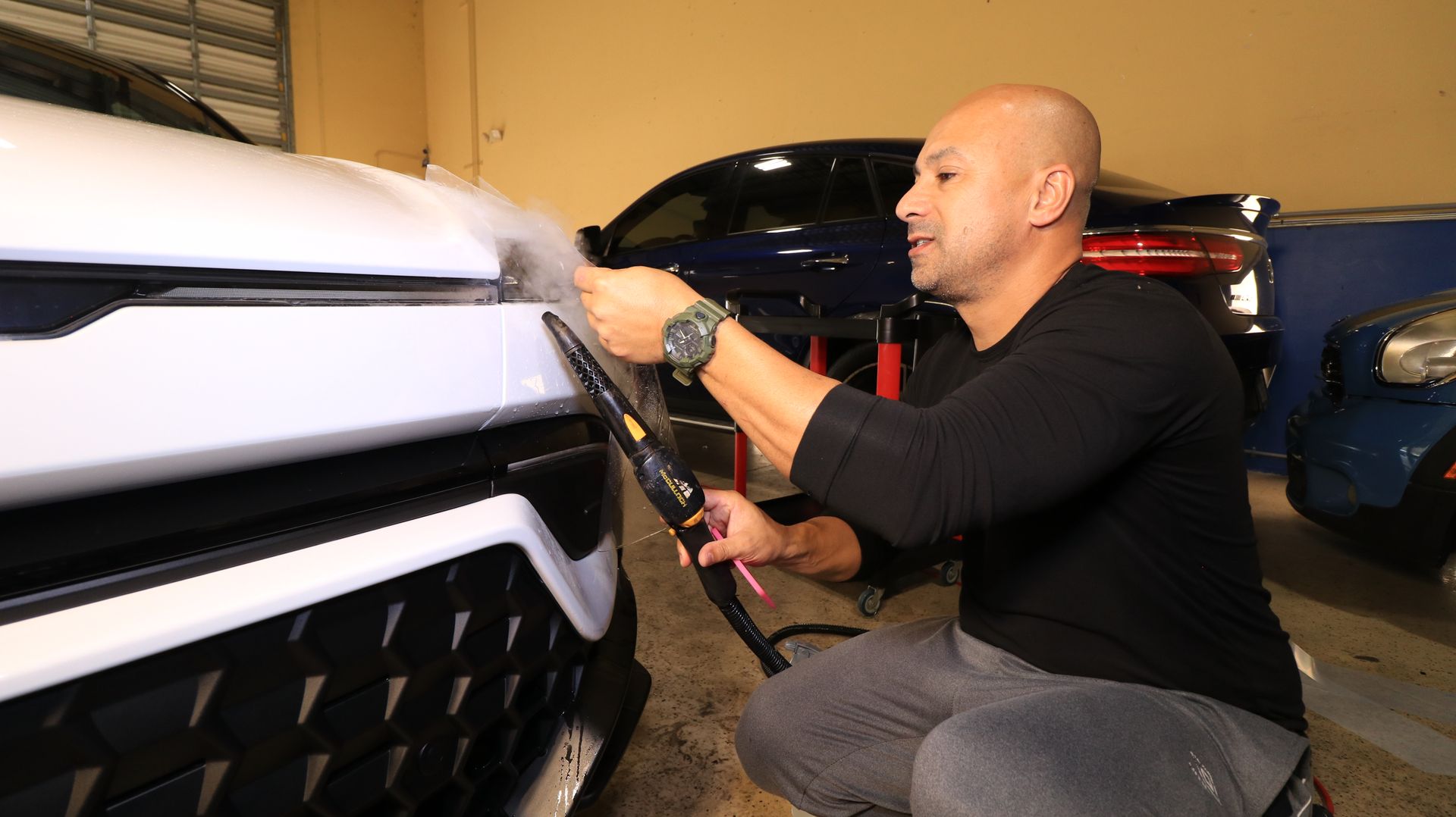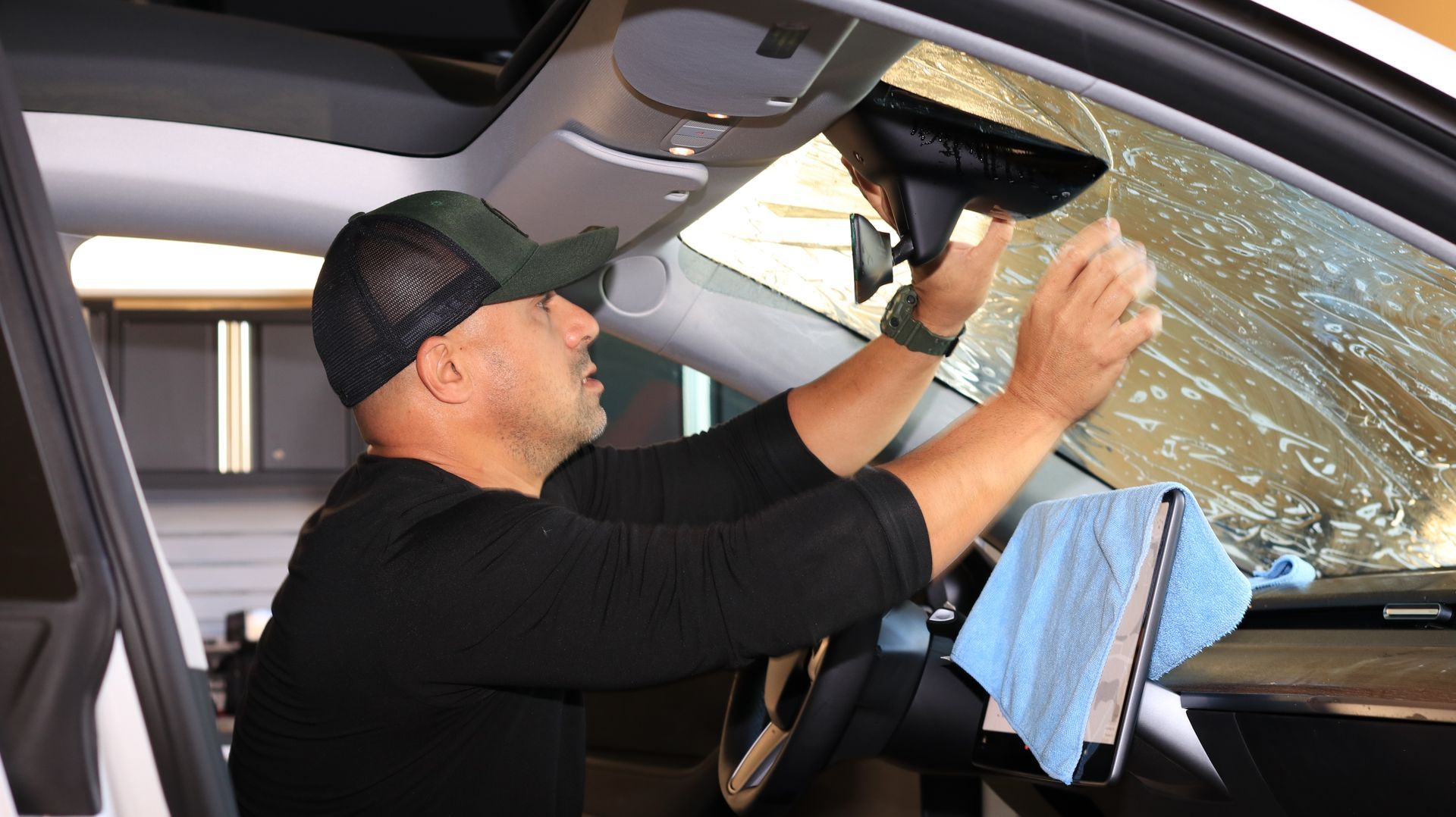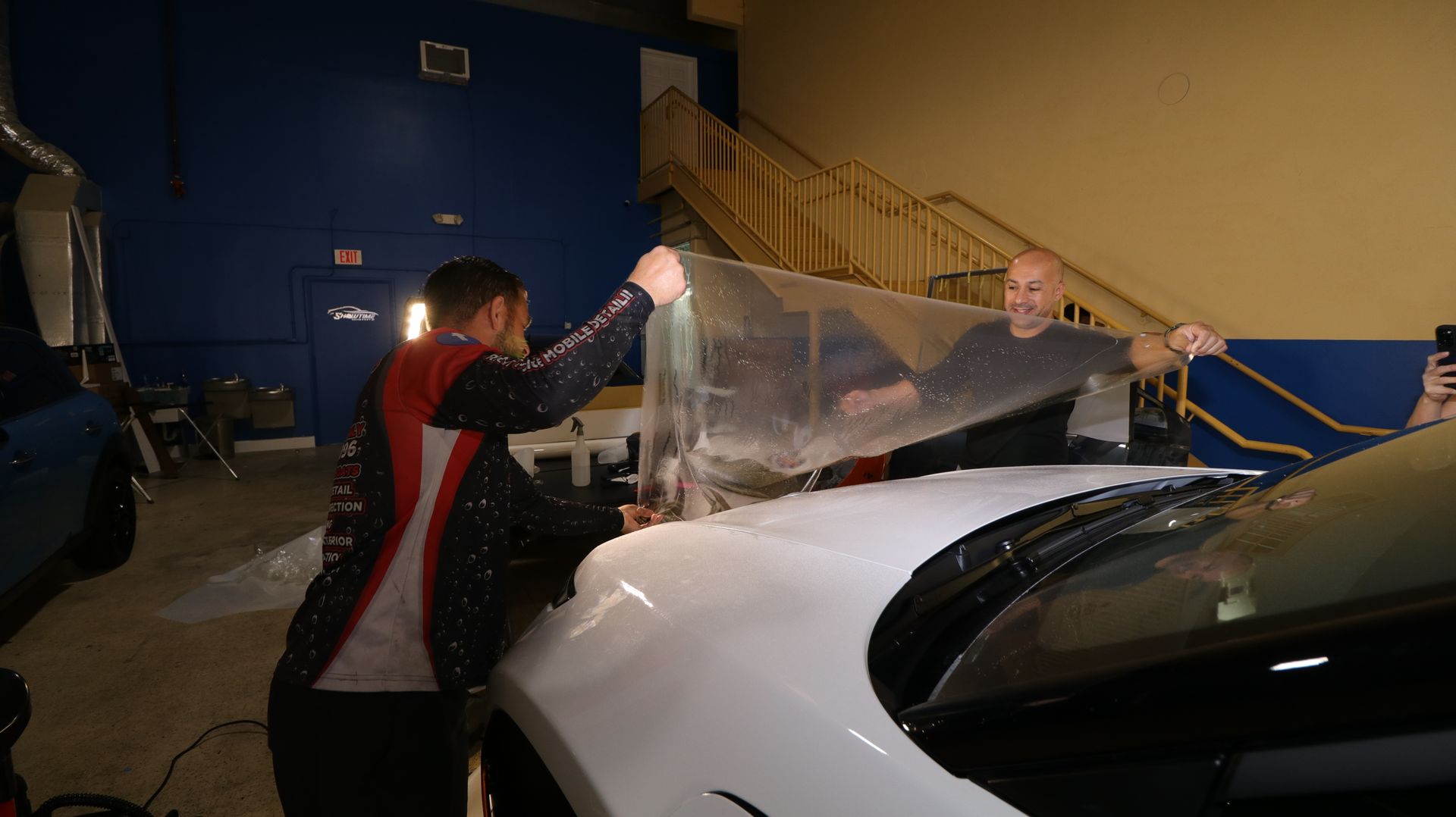Car Window Tinting Legalities: Understanding Laws and Compliance
When it comes to personalizing your vehicle, car window tinting can improve both appearance and comfort. However, before heading to the nearest shop, it's important to understand the laws governing window tinting in your state. Laws about how dark or reflective your windows can be vary significantly across states. This article will guide you through the legal aspects of window tinting, helping you navigate the rules and stay compliant with local regulations.
Understanding these laws isn't just about staying on the right side of the law; it's also about making informed decisions to enhance your driving experience.

Legalities of Car Window Tinting
The legal requirements for car window tinting vary by state but typically focus on two main factors: Visible Light Transmission (VLT) and reflectivity. VLT refers to the percentage of light that can pass through your tinted windows. For instance, in California, the law requires at least 70% VLT for front side windows, which allows for only a light tint. In contrast, Michigan and Vermont limit the tint on the front windshield to just a narrow strip at the top. These regulations aim to ensure safety by maintaining clear visibility for drivers.
Consequences of Non-Compliance
Non-compliance with these tinting laws can result in penalties like fines and, in some cases, the mandatory removal of illegal tints. For example, in Florida, a driver was fined $124 for having illegal tints, and the court ordered the removal within 30 days. This serves as a reminder that ignorance of the law is no excuse.
It's also essential to recognize that window tinting regulations apply not just to personal vehicles but also to commercial fleets and specialized vehicles, which may have different requirements. So, whether you're tinting a car or a commercial vehicle, it's important to be informed about local laws to avoid unnecessary fines.
Regional Tint Laws: Understanding Differences
Laws regarding window tinting differ across states, which means what’s legal in one state could be a violation in another. Here’s a quick breakdown of tinting regulations in various states:
State-Specific Regulations
- California: Requires a minimum of
70% VLT for front side windows.
- Arizona: Allows
up to 33% VLT for front side windows.
- Texas: Permits
25% VLT on front side windows.
- New York: Restricts front side windows to
30% VLT.
Navigating State Differences
Understanding these regional differences can impact your decision when planning long drives. Imagine driving from Texas to New York without realizing the tint you thought was legal might cause problems.
Before heading out on any road trip that crosses state lines, take a moment to familiarize yourself with local regulations in the states you’ll pass through. You might even want to consult an expert to find out how to make sure your tinting complies with the laws of each state.
Safety and Visibility Impact of Tinting
While window tinting can enhance the comfort and style of your vehicle, it also plays a significant role in driver safety and visibility. Proper tinting reduces glare from the sun, making for a safer and more comfortable driving experience. Many customers report fewer headaches and less eye strain after their windows are tinted, especially in areas with strong sunlight, like Florida.
Benefits of Tinting for Driver Comfort
In addition to glare reduction, tinted windows provide protection from harmful UV rays, which can cause skin damage and increase your car’s internal temperature. Many drivers appreciate knowing their vehicle is shielded from these rays, providing another layer of comfort while on the road.
The Risks of Excessive Tinting
However, there is a downside to over-tinting. Excessively dark tints can impair visibility, especially in low-light conditions such as nighttime driving or during inclement weather. According to the National Highway Traffic Safety Administration (NHTSA), drivers with dark tints are more likely to report difficulty seeing pedestrians or other vehicles at night. This is why strict window tint regulations exist—ensuring that tinting doesn’t compromise safety.
Risks of Non-Compliance with Tinting Laws
Ignoring tint laws can lead to serious consequences. In addition to fines, repeat offenders could face fines of $500 or more, especially if caught with illegal tints multiple times. Florida is one of the strictest states for window tinting, with penalties for violations that can be both costly and inconvenient. Removing illegal tints is often required and can cause damage to your windows, leading to additional expenses.
For example,
Harry, a driver from
Virginia, shared his experience of multiple fines for illegal tints. “I had to remove my tints completely because I couldn’t risk another $150 fine. The process was tedious and expensive,” he recalled. This situation is not unique, and many drivers have faced similar challenges due to non-compliance.
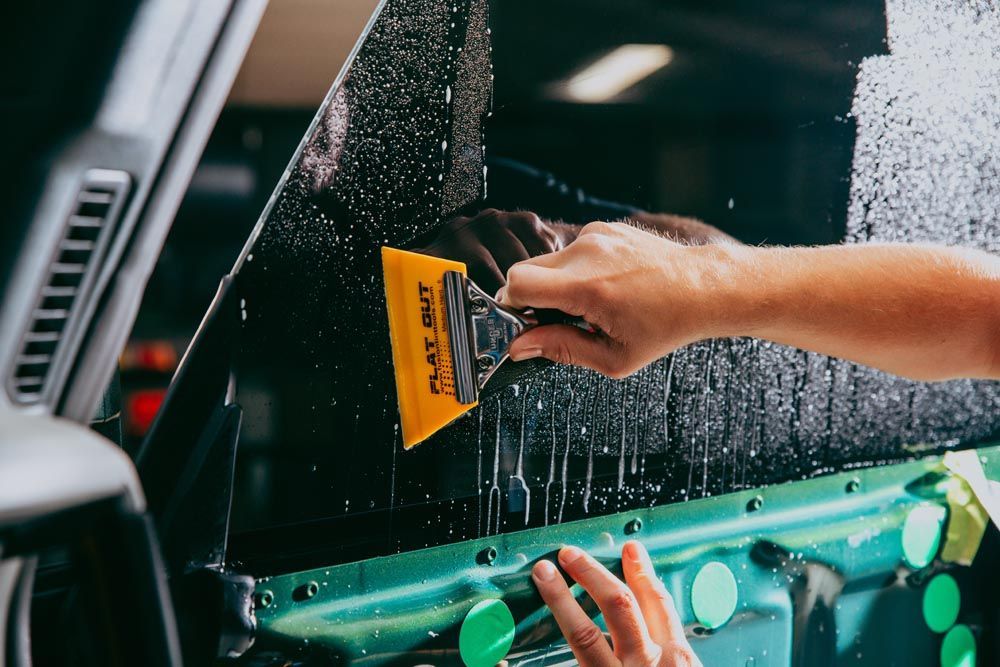
Tint Installation Guidelines
Installing window tint can be tricky, and it requires precision for a flawless result. Here’s a step-by-step guide to ensure your installation process goes smoothly:
Step-by-Step Installation Process
- Clean the Windows: Thoroughly clean both the inside and outside of the windows to remove any dust, dirt, or grease. This ensures the tint adheres properly.
- Measure and Cut: Use a template or measure the window directly to ensure the tint fits accurately. Leave a slight overlap so you can trim it perfectly.
- Apply the Tint: Use a mixture of water and dish soap in a spray bottle to moisten the window and adhesive side of the film. Apply the tint from the top down, ensuring that air bubbles are smoothed out with a squeegee.
- Trim the Excess: Once the film is applied and smooth, trim any excess material around the edges for a clean finish.
Professional Installation Benefits
Although these steps are helpful, many people prefer to have a professional install their tint, like those at Right Choice Auto Spa, to ensure compliance with local laws and avoid any issues with improper installation.
Key Takeaways for Legal Tinting
Being aware of your state’s window tint laws is crucial to avoid fines and complications. Here are some important points to remember:
Important Tips for Compliance
- Know Your State’s Laws: Tinting laws vary from state to state, and it's essential to understand the requirements in your area. For example, Florida mandates that front side windows maintain a
minimum of 28% VLT.
- Consider Safety: While darker tints offer aesthetic and UV protection, they can reduce visibility, particularly at night. Always prioritize safety when choosing your tint level.
- Understand the Penalties: Fines for illegal tinting can range from $50 to $200 for first-time offenders, and repeat violations can lead to fines of $500 or more. Be aware of these consequences to avoid unnecessary costs.
- Professional Installation: Opting for certified professionals ensures your tint is installed correctly, complies with the law, and lasts longer.
By staying informed about window tinting laws and choosing professional installation, you ensure your vehicle’s appearance and functionality are in line with legal standards.
Protect Your Investment with Right Choice Auto Spa
At Right Choice Auto Spa in Sunrise, FL, we specialize in professional window tinting services that comply with local laws and regulations. Our expert technicians ensure your vehicle receives the highest-quality tinting installation, enhancing both aesthetics and safety. Don’t risk costly fines or damage—trust us for a flawless, legal tinting job.
Contact us today to schedule an appointment or to learn more about our window tinting and paint protection services. We’re here to provide personalized care, quick response times, and top-notch results.
